Zientzia hedabideetan
-
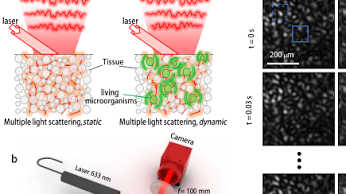
The Fridge Laser That Detects Bacteria Crawling All Over Food
Spotting the bacteria that causes food poisoning has always been a time-consuming and expensive business. Until now.
-
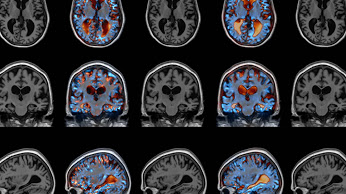
The Virus That Could Cure Alzheimer’s, Parkinson’s, and More
In 2004, the British chemist Chris Dobson speculated that there might be a universal elixir out there that could combat not just alpha-synuclein for Parkinson’s but the amyloids caused by […]
-
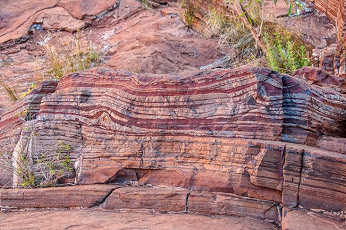
The Classic Metal Behind the Origins of Life
A collection of metal atoms called the “metallome” helped drive evolution.
-

En un universo en expansión, la energía no se conserva
La matemática Emmy Noether demostró, a principios del siglo XX, que la conservación de la energía solo se cumple si las leyes de la Física que empleamos son independientes del […]
-
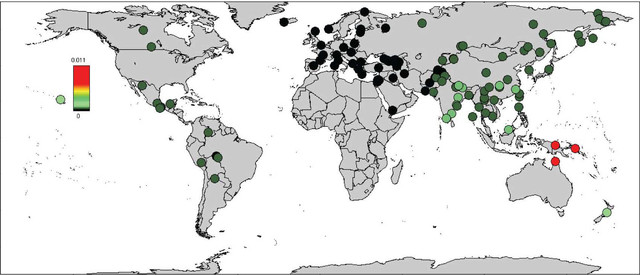
La ascendencia actual de neandertales y denisovanos en un mapamundi
Este es el mapa del mundo que un equipo de investigación de la Escuela de Medicina de Harvard (EE UU) ha trazado sobre los lugares en donde los genes desnisovanos […]
-
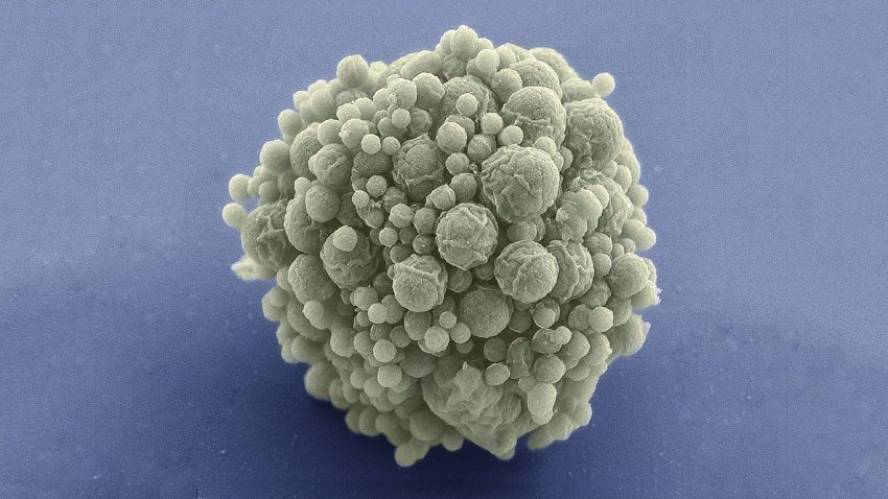
Genomarik txikiena duen zelula sintetizatu dute
473 gene; horiek dira bakterio batek bizirik irauteko eta ugaltzeko behar dituen gutxieneko geneak. Hala frogatu du Craig Venterren taldeak, Science aldizkarian argitaratu duen ikerketan: Design and synthesis of a […]
-

Genetically engineered ‘Magneto’ protein remotely controls brain and behaviour
“Badass” new method uses a magnetised protein to activate brain cells rapidly, reversibly, and non-invasively
-
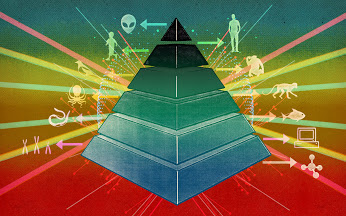
Eat to treat
We know that our diet has a huge influence on our health, but is it possible to use food as medicine for a specific disease?
-
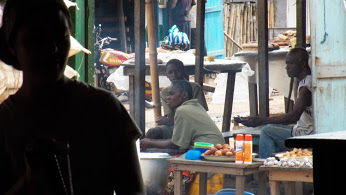
“He vivido dos semanas en ‘Marte’ y los seres humanos son el mayor de los peligros”
Ashley Dove-Jay ha pasado catorce días encerrado con siete personas en un habitáculo similar al que compartirán las primeras tripulaciones que viajarán a Marte.
